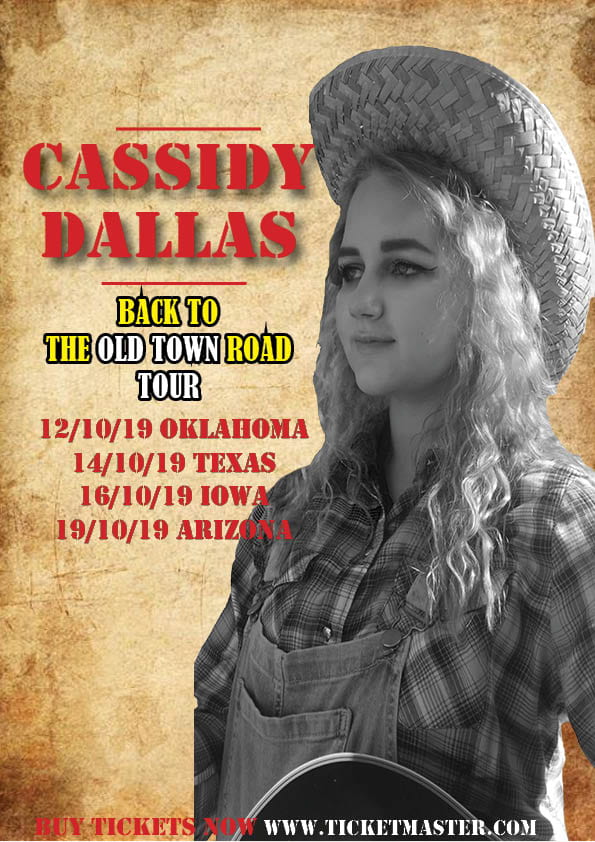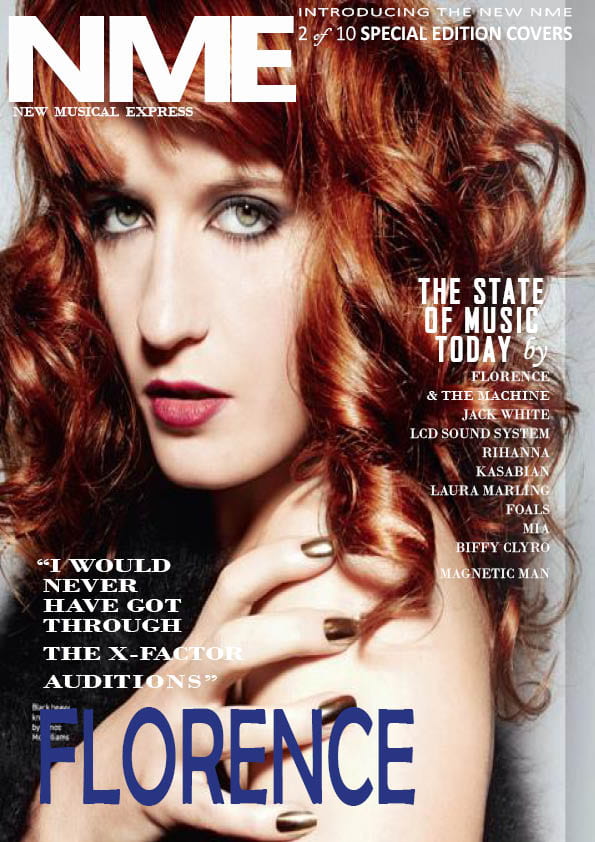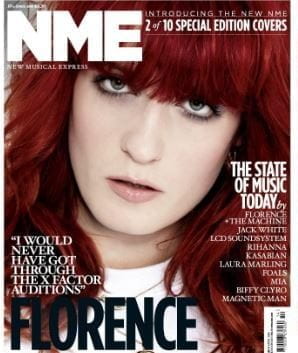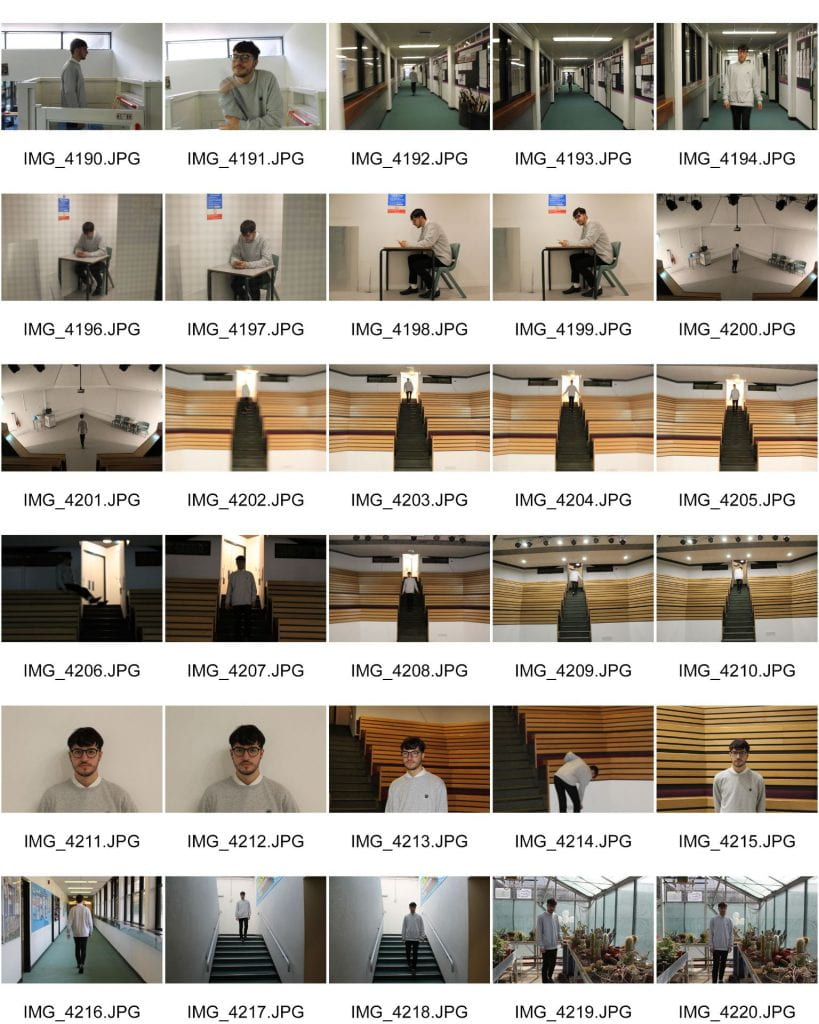During class we were assigned a task to create an image which uses mis-en-scene to communicate meaning. Firstly we were put into groups, we were then given a genre of music which we would then create an album cover for using mis-en-scene to communicate to the audience.
Mis-en-scene is an essential part of how meaning is made in media, every costume, makeup look, hair style, lighting, prop, location, body language, and facial expression is there with the purpose to convey an idea or tell a story to the audience. The acronym ‘CLAMPS’ can be used to summarize the aspects of mis-en-sene:
C (costume) L (lighting) A (acting/proxemics) M (makeup and hair) P (props) and S (setting).
My group were given the music genre of ‘Country and Western’, the genre is generally represented as friendly, earthy and laid back. This is portrayed through the use of mis-en-scene. Acting to portray the western/country genre often includes open body language which gives the audience the impression that the individual is welcoming. This is true to the conventions of the genre as members of this way of life are very family orientated and welcoming. The earthy aspects of this genre are normally represented by the background of country landscapes, and the costume which is suitable for work/life on farms and ranches. The laid back nature of this genre is presented to the audience through acting and costume.
In order to gather our ideas for how a performer from our genre could be represented (in terms of the mis-en-scen) we created a moodboard using Padlet. We selected images portraying the conventions of Country/Western. In terms of ‘CLAMPS’ the most important conventions which we gathered from our research into country/western, which is shown on our moodboard, include:
- Costume: shirts (checkered/plain) denim clothing (overalls/shorts/jeans/dungarees),cowboy boots, cowboy hat, western belts.
- Lighting: bright lighting, compliments nature which is a big part of the Country/Western way of life e.g ranch and farm life.
- Acting: holding guitar, holding onto belt/hand on hip, laidback, approachable and open.
- Makeup/hair: fairly natural face makeup, eyeliner, hair wavy, plaits.
- Props: guitar, cowboy hat.
- Setting: outside with nature (country), on stage, in barn.
When it comes to creating our album cover we will be sure to include these conventions of Western and Country in our media text to correctly portray the genre of the artist and music.
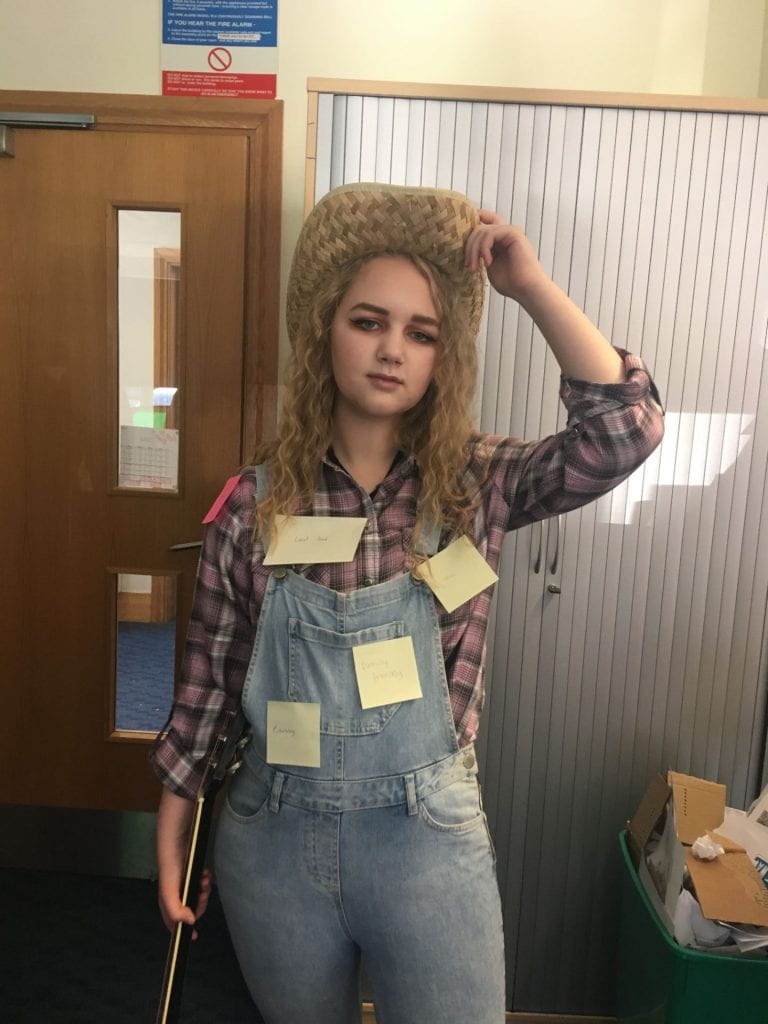
As producers we used information and ideas gathered from our moodboard to dress our model using conventions of a star from our genre (Western/Country) this is a draft photo of our model in a test outfit. As part of the costume our model wears a checkered shirt, denim overalls and a cowgirl hat. The face makeup is natural, and the eye makeup consists of eyeliner and a smokey shadow, and the hair of our model is wavy. She also carries a prop which is a guitar.
On the outfit post it notes have been added, these includes comments and adjectives which the class have used to describe the representation of our character. The adjectives used to describe the ideas the class got from our model were: Laidback, Family friendly, Earthy, Helpful and Chill. Our audience decoded the conventions correctly (laidback,friendly, earthy) these conventions correctly identified from the audience supports our star image of a Western/Country artist.
Here are all the photos which were taken on the shoot.
This is the final chosen image of our artist in costume, I believe that this image best portrays the star image and the conventions of Western and Country music through the use of mis-en-scene.
C-The costume which the model wears (checkered shirt and denim overalls and a cowgirl hat) supports the genre, and is a typical western/country girl outfit. It reveals to the audience the style of music being advertised and the lifestyle which the artist lives. Those who live the western/ country lifestyle are known to be close with their family, therefore this outfit also gives the audience a family friendly feel. The straw hat is subtle and natural which supports the persona of many western girls. To add to this the rest of the outfit is relaxed which adds to the star image of the artist, the artist appears laid-back and thus the audience view her as more approachable.
L – In this image the lighting is bright which is a convention of most images taken in the western and country genre. Although there is not a scenic view behind the artist to compliment this lighting, it still portrays the positivity which exists in most western people and makes the artist seem more open and friendly to the audience.
A-The acting of the artist through the use of body language (hand on hip) is similar to a typical western pose (hands on belt), however the hand on the hip gives off a powerful femininity vibe making the artist appear strong and feminine to the consumer. The hair also blows in the wind, adding to a care free and free spirited feel.
M- Facial makeup in this image appears minimal, which adds to the character development of a western and country girl who tend to be natural. This makes the artist seem more genuine and pure to the audience, however the eye makeup is more defined and consists of smokey eye and eyeliner, this adds a mysterious aura to the artist which makes the audience keen to learn more. The hair is wavy and symbolizes the relaxed nature of the genre and the artist.
P- The prop which the artist holds (a guitar) is a convention of Country/Western music, in this day and age using a guitar may be seen as old fashioned compared to that of pop and rap genres etc. Therefore, the guitar creates a raw and rustic theme to the audience which compliments the music genre being advertised perfectly.
Overall, this task will be extremely helpful when it comes to producing my own music magazine, I think the planning and research (which we put into a moodboard) helped us to combine key ideas of mis-en-scene and therefore create a good result. I will definitely use the same planning skills e.g creating a moodboard full of ideas when it comes to researching my chosen theme before creating my media magazine. 
